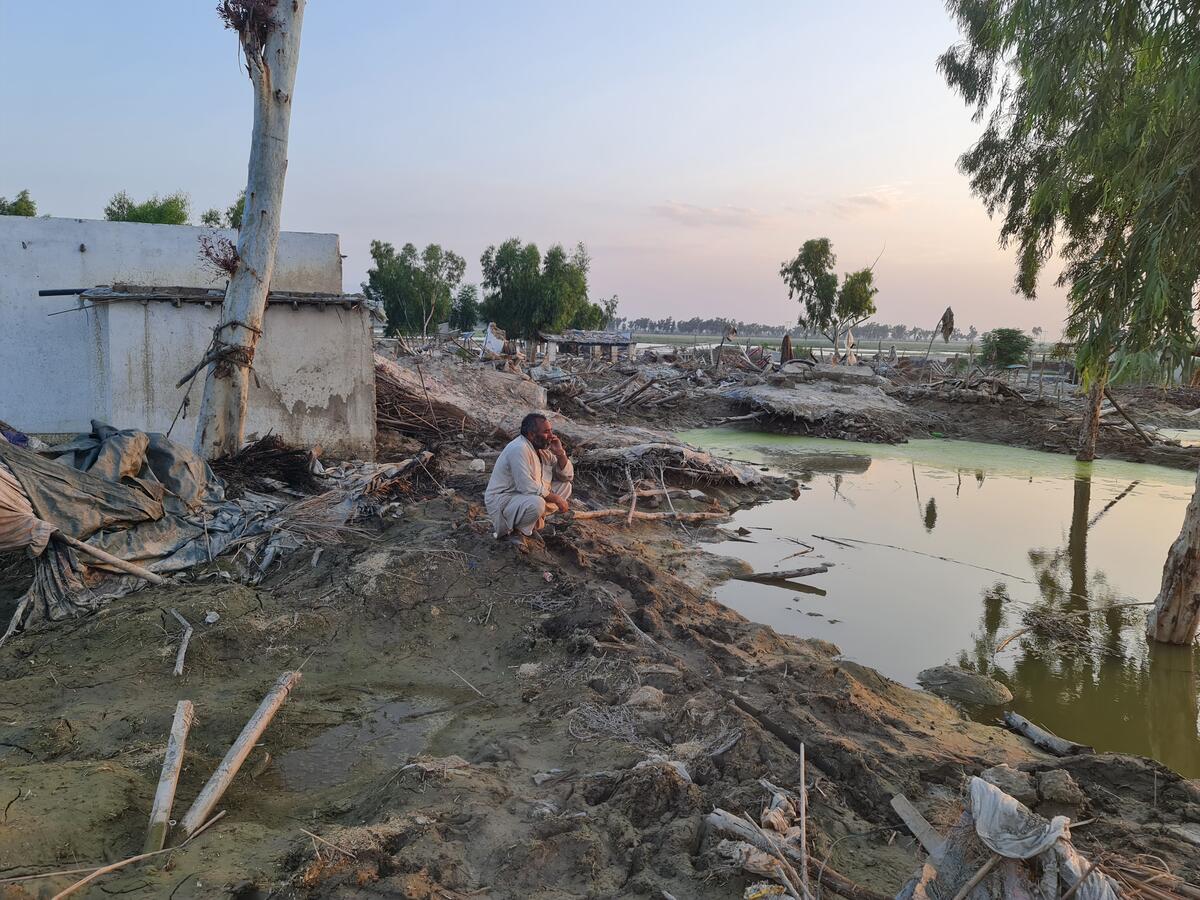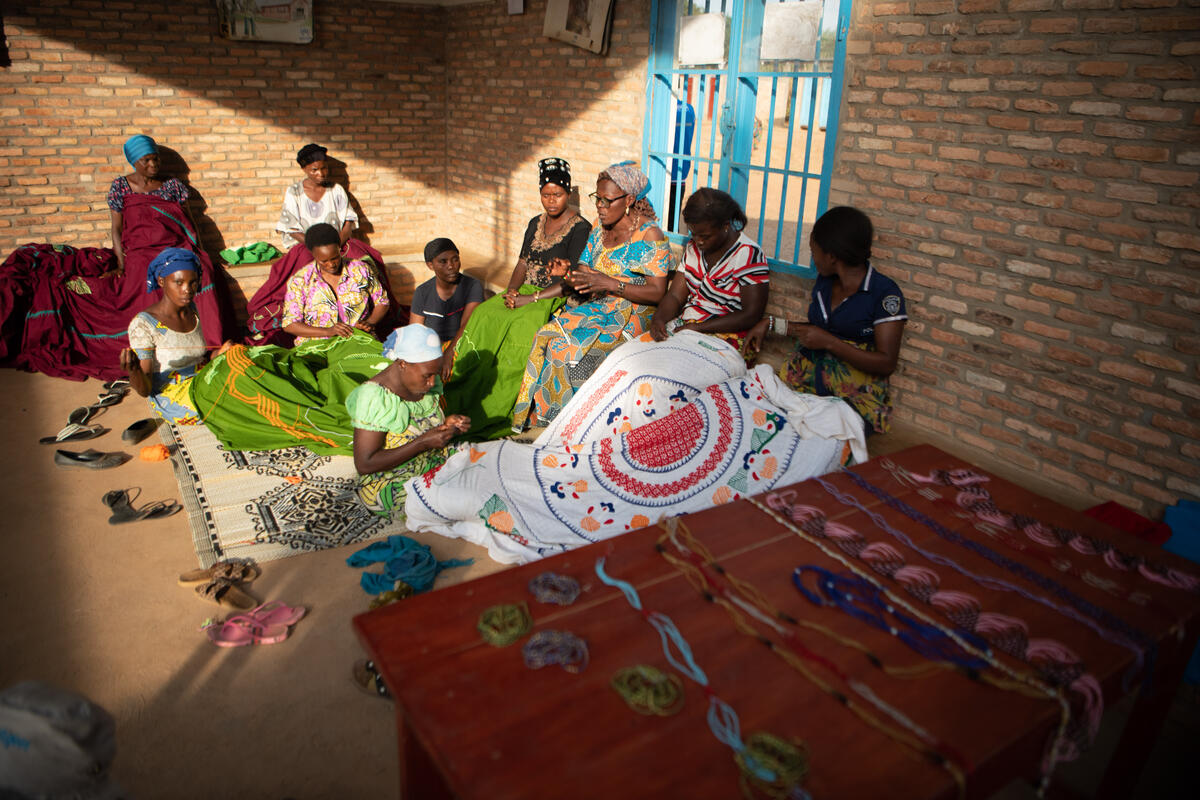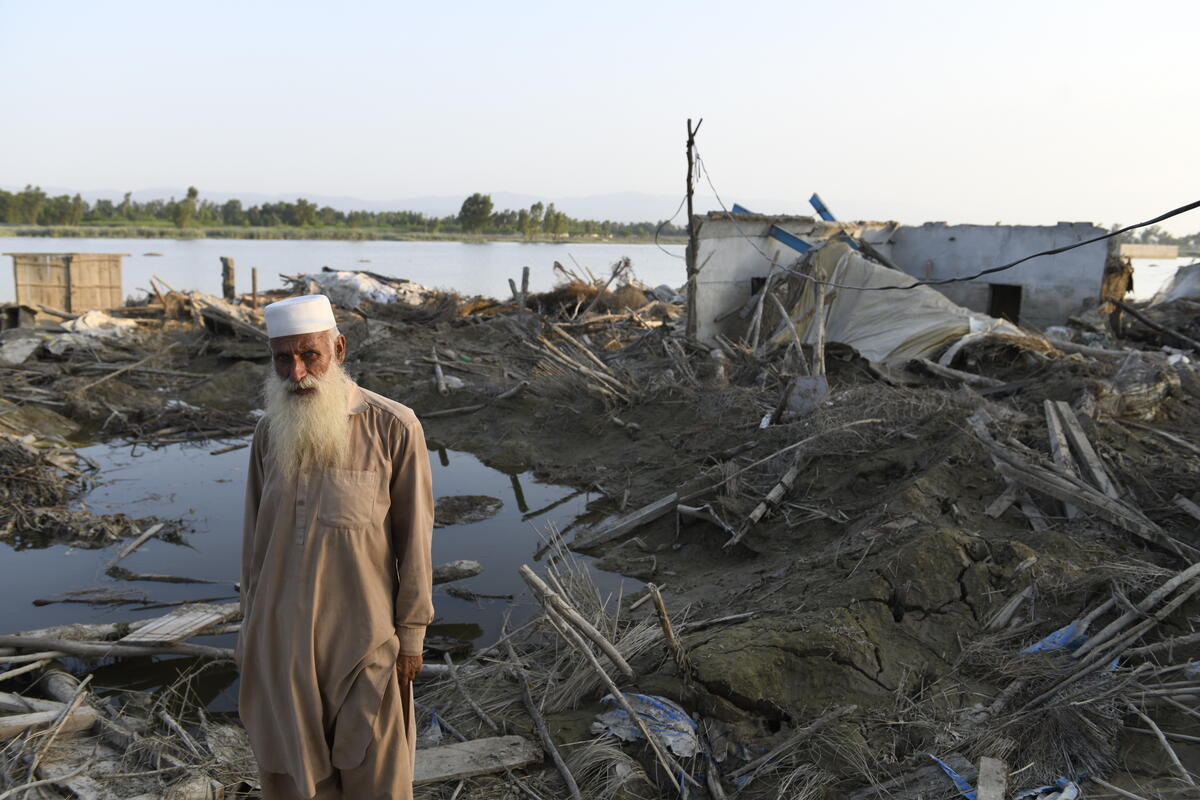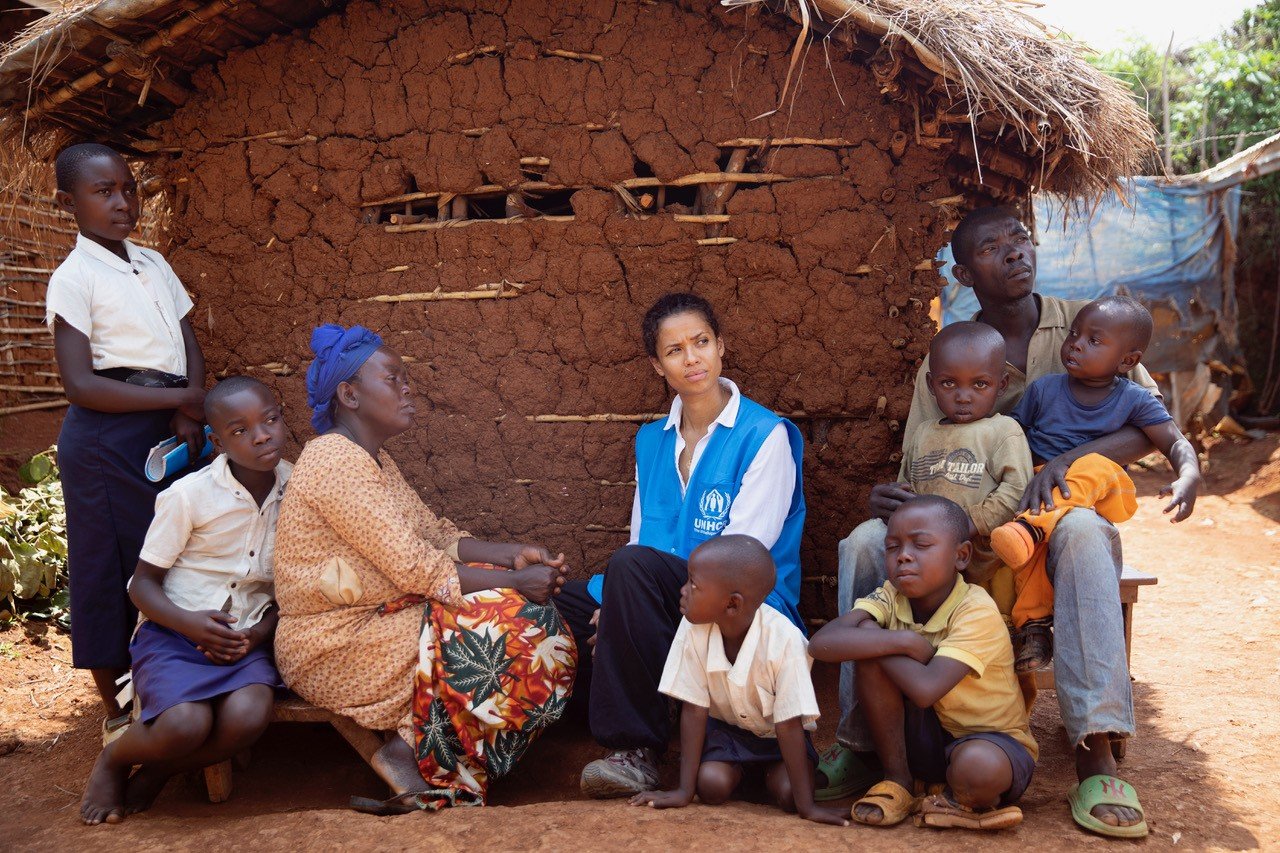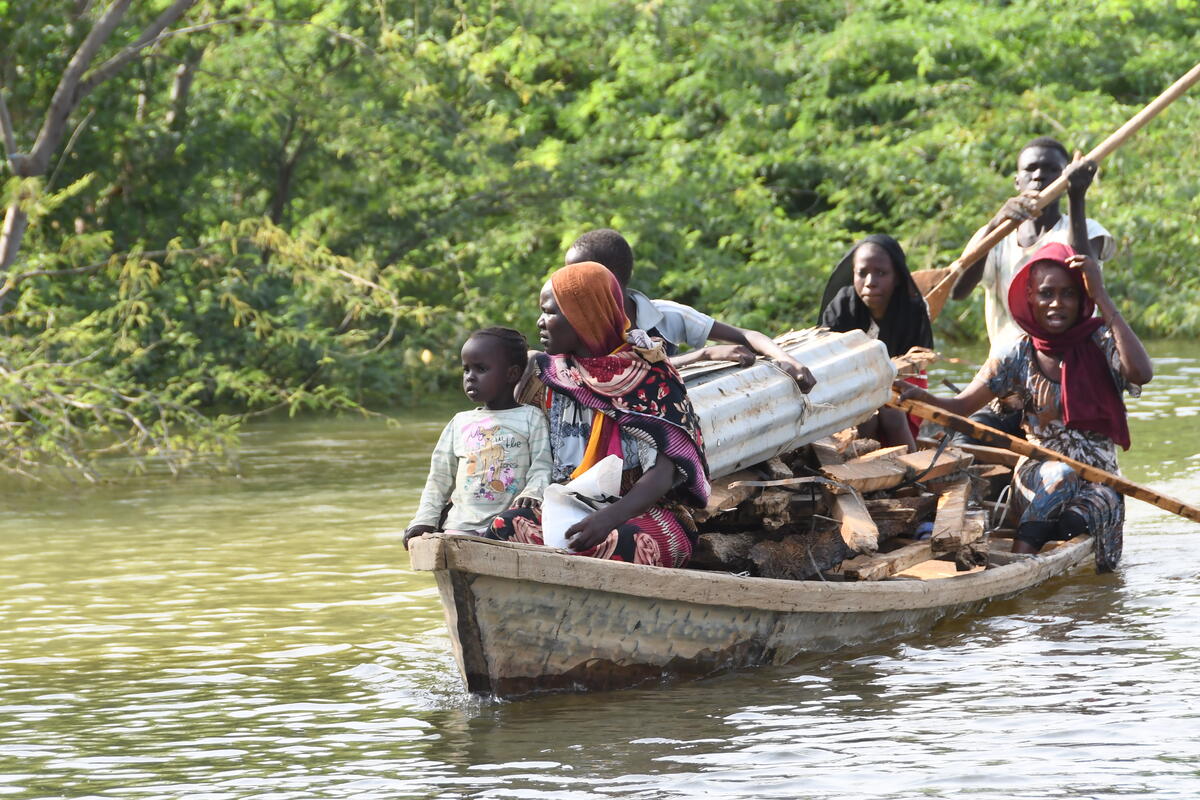UNHCR seeks funds to respond to flooding in Dadaab refugee camps
UNHCR seeks funds to respond to flooding in Dadaab refugee camps
UNHCR is asking donor countries for $2.8 million to help more than 300,000 refugees in two camps in Kenya threatened by flooding. We have already begun to make engineering improvements in the two camps - Kakuma in northwestern Kenya and Dadaab in the east on the Somalia border. Much of the money will be used to pre-position essential items such as fuel, blankets, plasticsheets, and to respond to possible outbreaks of disease.
We fear that the looming El Niño phenomenon - a change in the atmosphere and ocean of the tropical Pacific region that produces floods, droughts and other weather disturbances in many regions of the world - may now threaten the 338,000 mostly Somali refugees in the two camps, which in any case usually are flooded for three months every year.
When heavy rains started three weeks ago, UNHCR began digging trenches and placing sandbags around hospitals, boreholes and other strategic locations in both camps. We have also been repairing culverts on seasonal riverbeds that connect different parts of the camps, particularly Dadaab, which is actually a complex of three camps. Without these measures, many sections of these camps would have been inundated.
We are also preparing to locate to higher ground within the camps refugees who might be worst affected by the floods, particularly the chronically ill, disabled people, the elderly and children and teenagers on their own.
In order to protect refugees in Kakuma, the camp harder hit by floods in the past, we have diverted two seasonal rivers, the Tarach and Lodoket, that have often inundated lower grounds.
The worst flooding in Kakuma was recorded in May 2003 when some 16,800 refugees saw their homes destroyed. A number of latrines also overflowed and collapsed, leading to the spread of water-borne diseases, including cholera and dysentery. The overcrowded Dadaab complex, now home to more refugees than any other site in the world, last experienced severe flooding in 2006.


